
At liftoff, haze makes it difficult to make out the Ares I-X rocket.
"Are YOU giving up?" a woman asked me as I got up from my chair at Space View Park, after several hours of waiting for the weather to clear for the Ares I-X test launch.
"I never give up," I said.
It was hot and humid Wednesday morning in Titusville. Again. It's Florida, after all. And the weather over Kennedy Space Center was not cooperating again, as the Ares launch team required nearly clear conditions to avoid static electricity from impeding signals to and from the rocket.
I waited until the liftoff got scrubbed because of poor weather Tuesday, and I wasn't about to throw in the towel as I got out of my chair to stretch my legs and get some shade. Heck, I never miss a launch, and to skip this one would have been heinous. Ares very well could be NASA's future and the craft that launches astronauts on a trip to another planet.
Some day. But first thing's first.
The clouds finally broke apart around 11:20 a.m., and the range went "green" for weather for the first time in the entire morning. When the countdown started, it was announced by a spectator at the park. Most people clapped and cheered. I readied my camera. I don't show my emotions when it comes to such things, but inside, I had butterflies. And if you were there and looked closely, my hands were shaking, as they usually do just before a launch. That's how much of a nerd I am when it comes to such spectacles.
For space shuttle launches, a group at the park pipes the NASA Launch Control broadcast through speakers. For this Ares launch, which attracted a few hundred people to the shore of the Indian River (many of whom left after the weather continued to push back the launch), the spectators yelled their own countdown. From 10, the people started counting down. "Three ... two ... one," they said. Ignition. The crowd's countdown was timed perfectly.
Visible through my 500mm lens, the ground beneath the rocket glowed, and smoke started to shoot from the sides of the launch tower. The rocket lifted off, quickly climbed and, from my vantage point, appeared to weave in and out of the clouds. As the craft rose above an initial cloud deck, the visibility improved, as the low-level haze prevented clear viewing at liftoff - a condition that is apparent in the top photo.
"Go Ares! Go Constellation! Go NASA!" a woman yelled. "Go! Go! Go!"
The rocket thundered into the eastern sky, heading directly away from Space View Park and over the Atlantic Ocean. Enthusiasts watched as a large shock wave formed around the upper section of the rocket. Within a minute or two, it reached its apogee and began to arc downward. Out of view, the rocket separated and plunged into the water for a waiting Navy ship to recover.
The test appears to have been successful, and for the people who dared to wait through the heat - especially the younger ones - the reward was the knowledge that they just witnessed an event that could mean more to science and technology than anything in their lifetime.
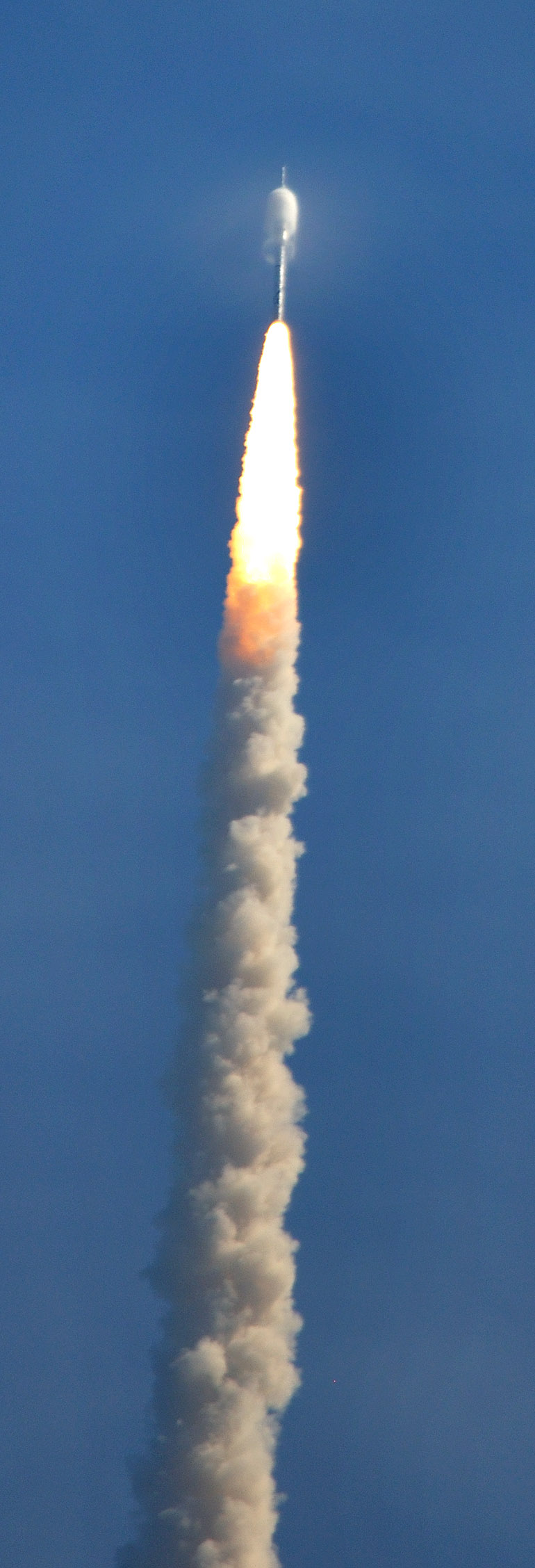
A large shock wave.
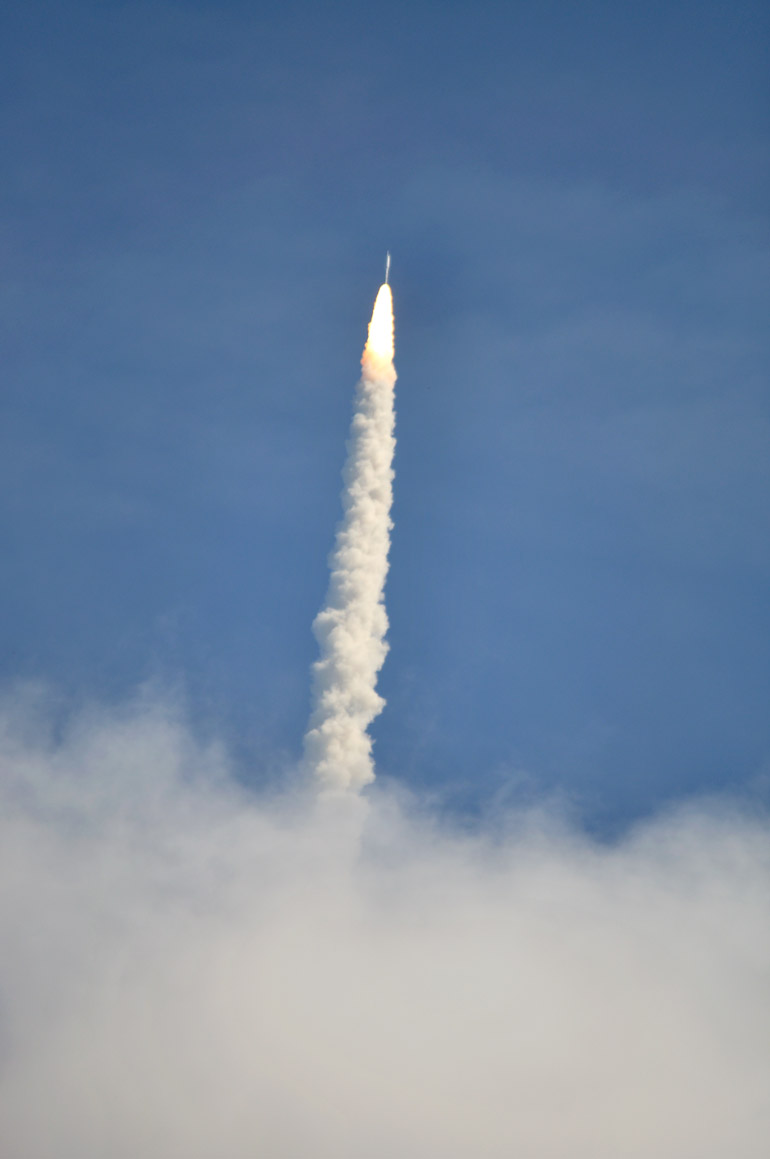
Emerging from a cloud.
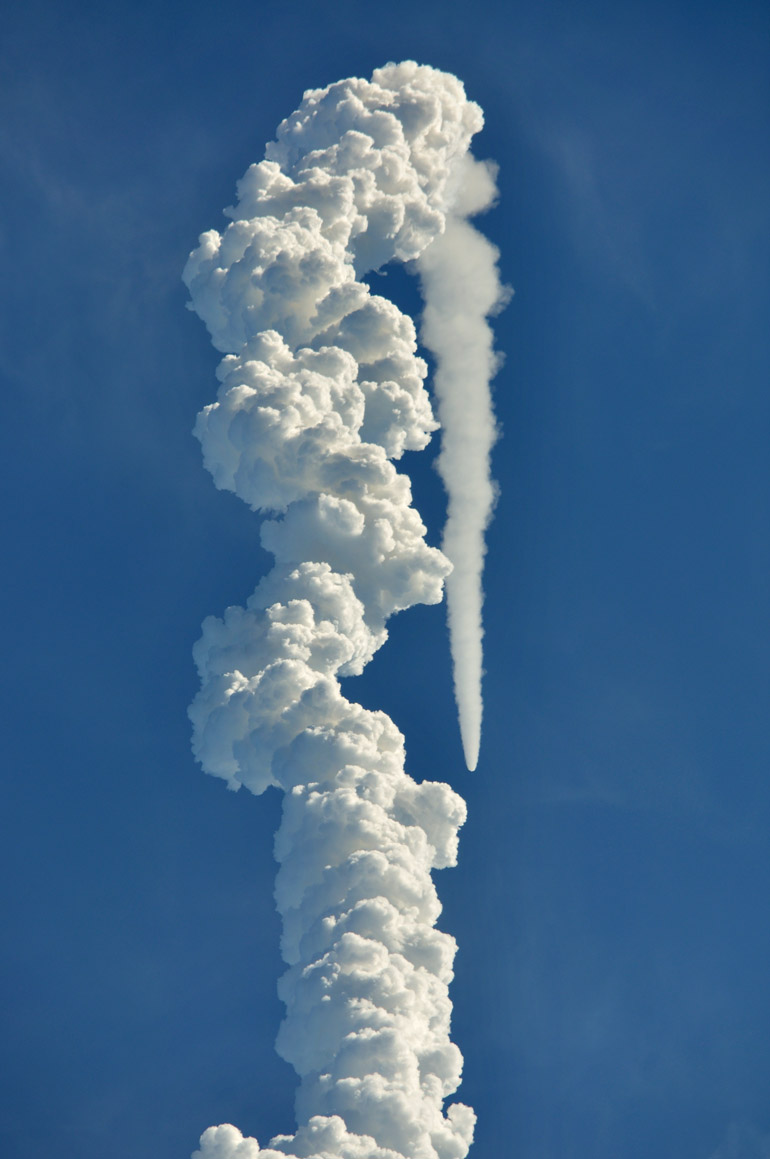
Curling and arcing downward.
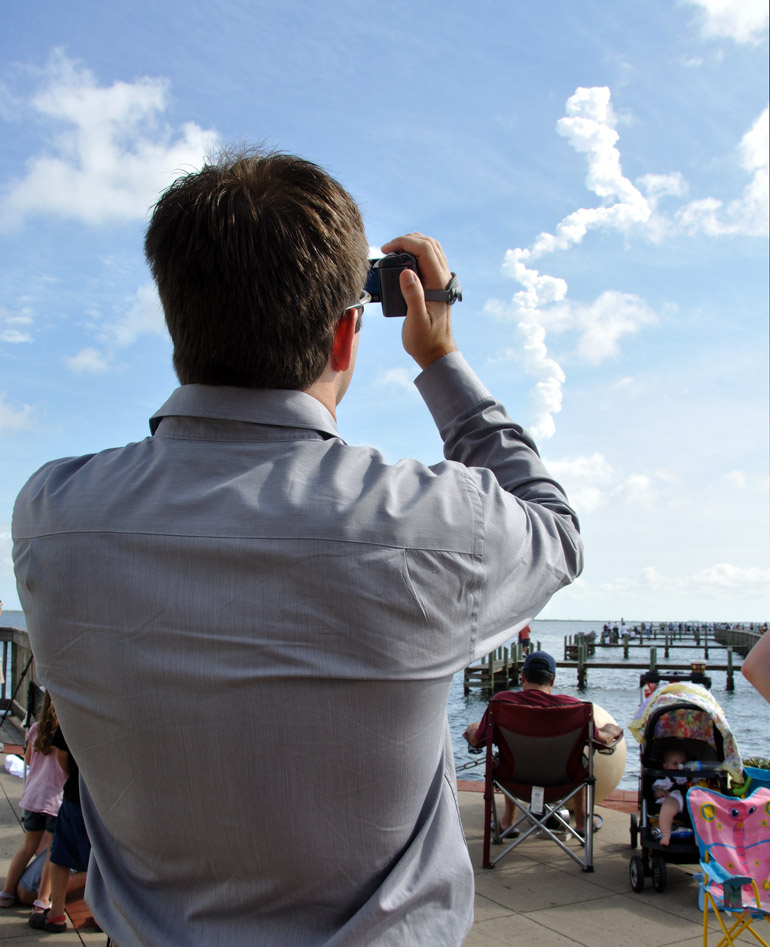
Just for a little context: Not many people gathered at Space View Park in Titusville.
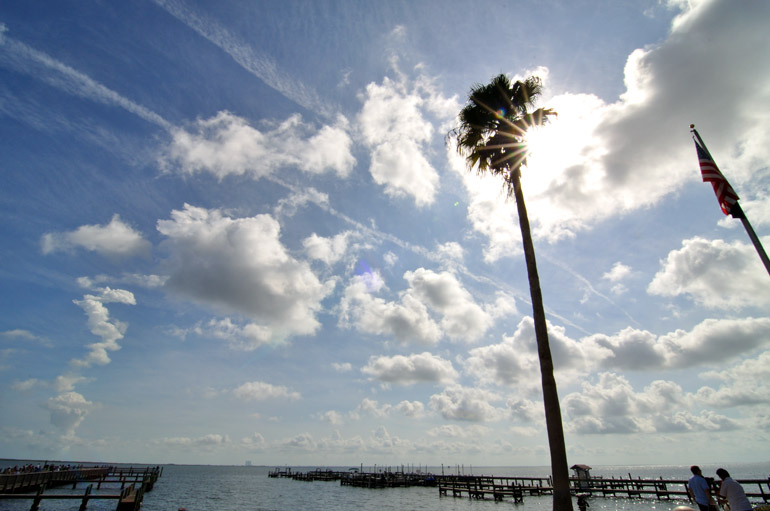
More than five minutes after the launch.
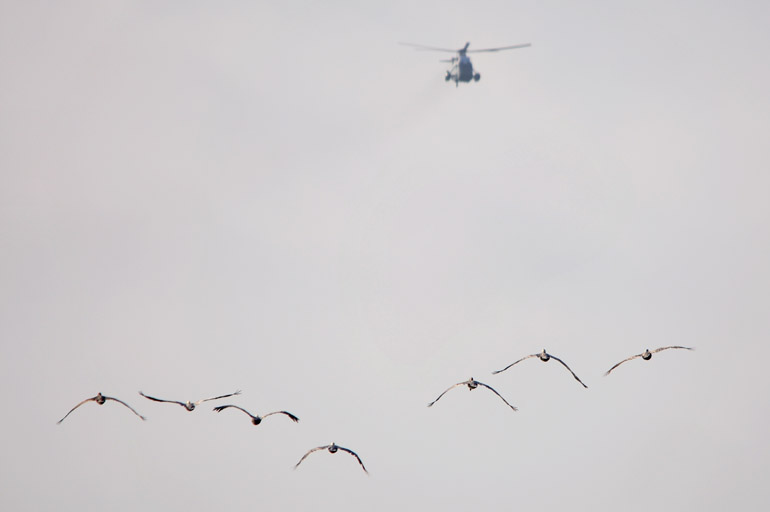
Before the launch, a helicopter flies over Titusville, as a group of pelicans chose the lower airspace.

The chopper that flew over the park was similar to those in the presidential fleet.



No comments:
Post a Comment